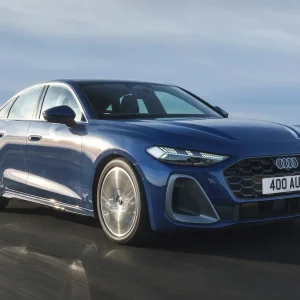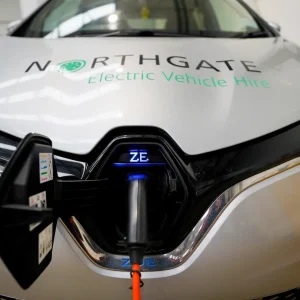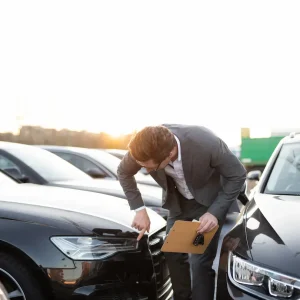While some view the National Institute for Health and Care Excellence’s (Nice) very existence with cynicism, the motoring guidelines the body has just published are well-intentioned and although some are strongly debatable, others make resounding sense.
Air pollution annually contributes to around 5% or circa 25,000 of all deaths in England, and road traffic is responsible for over 64% of the problem in built-up areas. With the high court recently ruling that the government’s plans for reducing air pollution are illegally poor, any strategies for improving this serious issue should indeed be assessed promptly.
Reading Nice’s report, I don’t, for starters, feel that introducing more variable speed limits on the nation’s motorways is viable. It’s not uncommon for tailbacks to still materialise on smart motorways leading to frustrated drivers accelerating hard when traffic moves again – something Nice wants to see minimised, as smooth driving is less polluting.
Fleets can certainly educate employees to drive more smoothly, especially if telematics monitoring is adopted, but employee incentives would be needed to gain their buy-in. I’m actually in favour of motorway speed limits being increased, partly because 7-speed gearboxes are now common, with even more ratios set to become the norm, and cars are much safer nowadays. Perhaps HGVs should be incentivised to drive at night, although I appreciate the social and HR drawbacks.
Laws preventing cars and buses idling outside schools is a great idea but would be difficult to enforce and the real issue is perhaps the sheer number of parents or guardians who rely on cars, causing polluting queues at both ends of the day. Walking more is a nice notion but is unrealistic in today’s society of long working hours, breakfast and after-school clubs.
Deceleration and acceleration between speed bumps is a definite problem so if Nice wants to see more 20mph zones implemented, full-width bumps should be replaced by cushions, maintaining traffic flow and with less vehicle damage. Drivers can’t stomach 20mph zones if they’re blighted by too many crossings, cycle lanes and other time-consuming obstacles, though, so careful planning will be required – by people who actually drive.
Seeing fewer vehicles on the road is another nice idea, but public transport is woefully lacking, as demonstrated lately when a car delivery driver calculated it’d take him 2.5 hours and 3 connections to travel 12 miles. Customer-centric park and ride schemes could ease pollution in cities scrambling to meet EU emissions laws.
Recommendations from Nice and other organisations are commendable but unless motorists are punitively alienated I can’t see air pollution improving much until electric vehicles are more affordable and autonomy becomes mainstream.
Lee Wolstenholme is a director of Vehicle Consulting





